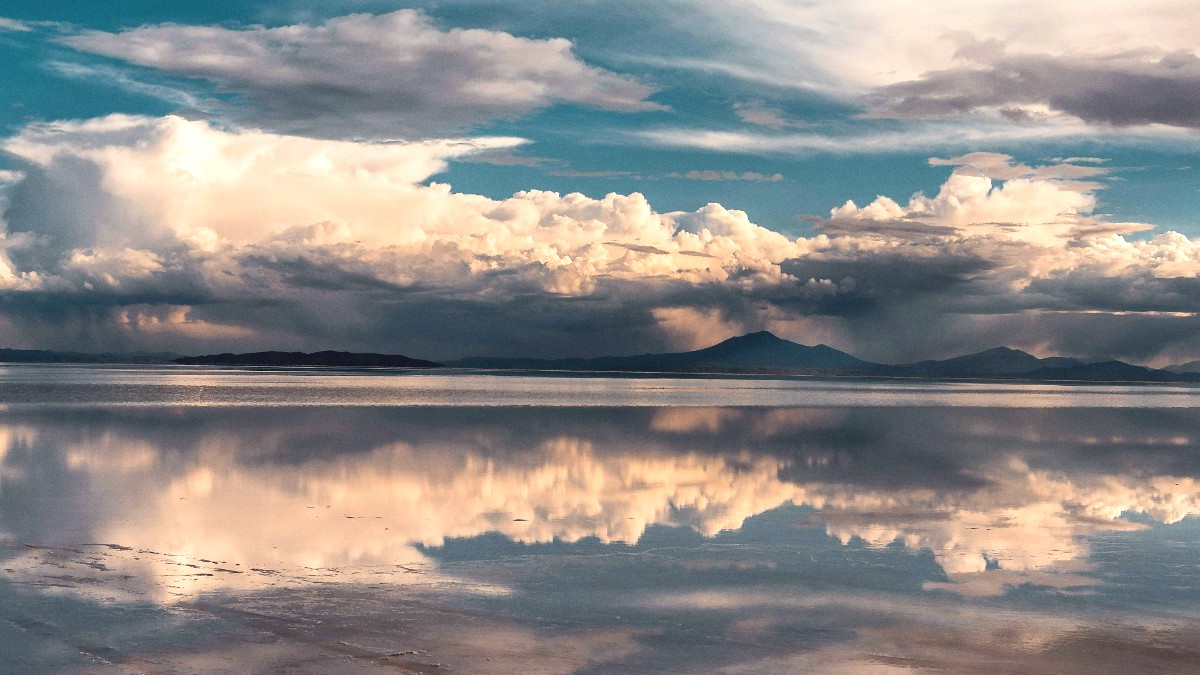
Bolivia
Think of "peelable" layers you can add or remove easily. Thermal underwear made of merino wool or synthetic fabric wicks moisture away and provides insulation. A Merino wool base layer set is a good example. Mid-layers like a Fleece jacket or down vest add warmth. Bring at least one thick fleece.
For the Wet Season (December to April), focus on waterproof outerwear for rain. Lighter layers during the day suffice, but still bring warm options for evenings. Waterproof hiking boots are necessary if you plan to walk on the mirror effect.
Bring Sturdy hiking boots that are already broken in. The terrain can be uneven and the ground sometimes wet.
For the wet season and hot springs, waterproof boots are important. This keeps your feet dry and comfortable.
Pack several pairs of warm, moisture-wicking Socks, ideally wool or synthetic blends. Cotton is not a good choice.
Keep both original and copies of everything. This practice helps immensely in case of loss or theft. Store photocopies separately from originals, and keep digital copies securely on cloud storage (like Google Drive or Dropbox), email, or an USB stick.
Bolivia uses Type A (two flat parallel pins) and Type C (two round pins) outlets. The voltage is 220V, and the frequency is 50Hz. Bring a Universal travel adapter that supports Type A and C. A Voltage converter is needed if your electronics are not dual voltage. Most modern chargers are dual voltage. An example is a Universal Travel Adapter.
While disconnecting is part of the Salar experience, some technology has utility for safety, navigation, and capturing memories. Photography calls for specific equipment to capture the vast landscapes and unique effects.
Highly recommended, as charging opportunities are limited. Electricity access at refugios during multi-day tours is minimal. A high-capacity Power bank (20,000mAh or more) is necessary for keeping devices charged. See B&H Photo for gear.
Use cloud storage services (Google Drive, Dropbox, iCloud) for photos and documents. Bring an External hard drive or USB stick for photo backups.
Maps.me or OsmAnd for offline maps. Google Translate for offline Spanish. A Currency converter app. A weather app (forecasts can be unreliable). For secure connections, consider NordVPN or ExpressVPN.
Your personal health and wellness items are important, given the remote nature of the Salar. Pack a well-stocked kit. An Adventure Medical Kits product or similar helps.
Bring a sufficient supply of all prescription medications for your entire trip. Keep them in their original packaging with prescription labels. A doctor's note explaining medication and dosage is useful. Carry over-the-counter cold and flu remedies, digestive aids, and rehydration salts.
For hiking, well-worn Sturdy hiking boots are important, along with comfortable, moisture-wicking Socks. Hiking poles are not strictly necessary but add stability.
Most multi-day tours offer basic blankets. For comfort and warmth, especially during dry season nights when temperatures drop below freezing, a personal, good quality Sleeping bag is highly suggested. Rate it to at least -10°C (14°F) or preferably -20°C (-4°F).
The unique activities on the Salar require specific gear to maximize your experience. Do not overlook these.
Do not forget these smaller items that greatly improve your comfort and security. Long journeys and rustic accommodations make comfort items valuable.
Protect your valuables and contribute to sustainable travel with these items.
Coca leaves or candy for altitude sickness. Widely available.
Bring extra energy bars, nuts, dried fruit. Tour meals are basic.
Necessary for charging devices due to limited electricity access.
Pack clothes in waterproof compression sacks or dry bags. This guards against dust, moisture, and aids organization within your luggage.
For your main luggage, consider a durable duffel bag or backpack that handles rough handling in a jeep.